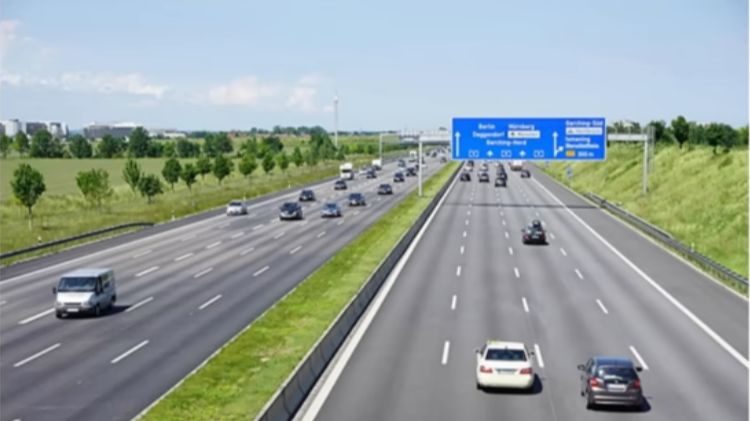Why are highways not perfectly straight?
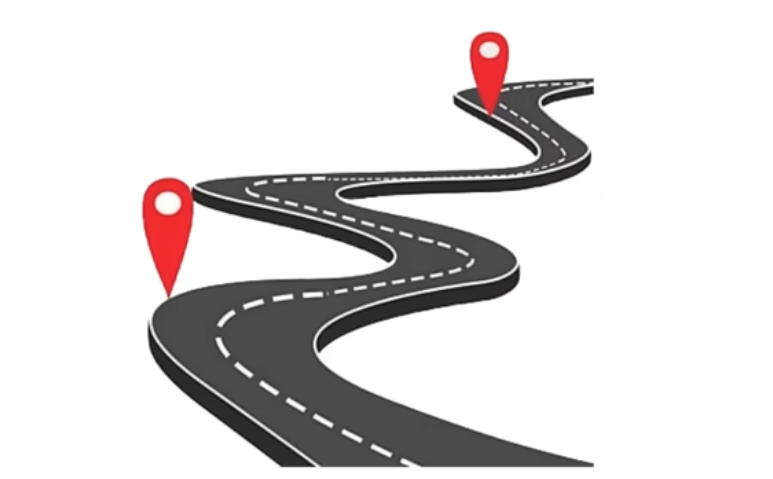
Highways, or sometimes referred to as expressways abroad, began to develop significantly in the early 20th century, especially in the United States and Europe. The initial goal of these highways was to create fast and safe routes for vehicles traveling between major cities and important areas. In the U.S., the Federal Highway System was established under the Federal-Aid Highway Act in 1956. This act marked a major turning point as the government heavily invested in building a network of highways to connect regions nationwide.
In Vietnam, highways have now developed significantly in the northern region, connecting almost all provinces in the Northern Delta with highways and directly linking to Hanoi. In the south, things may be progressing a bit slower. However, while driving on the highway, many of you may have noticed one thing: why are highways not made perfectly straight from start to finish for efficiency and proximity, since we know that a straight line is always the shortest distance? There are many reasons to explain this.
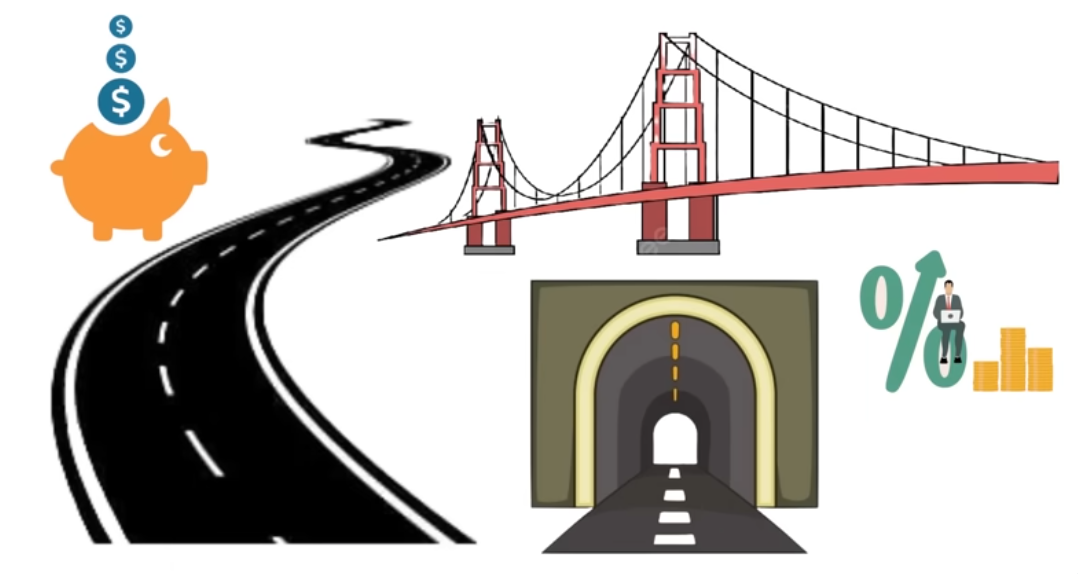
First is the terrain. In terms of natural terrain, highways need to adjust according to the natural landscape such as hills, rivers, and valleys. Making a perfectly straight road through these areas would require very high construction costs and may not be technically feasible if it involves digging through large mountains or blocking rivers. For example, the cost of building a highway straight through hills and rivers may require complex bridges and tunnels, increasing construction costs, and adjusting the road according to the terrain would be more cost-effective than extensive excavation and filling. Sometimes highways are also curved to avoid residential areas, historical sites, industrial zones, or other important locations.
For instance, avoiding the cost of land clearance can be a significant economic benefit. However, this explanation is not entirely satisfactory because, in reality, there are new roads built completely across fields and areas without any terrain obstacles; why not make them straight but still have to curve at some points? In Vietnam, this has been clearly stipulated in Article 7, Vietnam Standard 5729 - 2012 regarding design requirements for automobile highways.
Accordingly, straight sections on highways should not exceed 4 km in length, so long straight sections should be replaced with curves that have small turning angles and large radii from 5000 meters to 1500 meters to prevent monotony and glare from headlights at night. Thus, according to Vietnamese standards, this means that highways should not be designed to be perfectly straight after about 4 km; the road will curve slightly, forcing drivers to steer to attract their attention and avoid drowsiness due to monotonous driving.
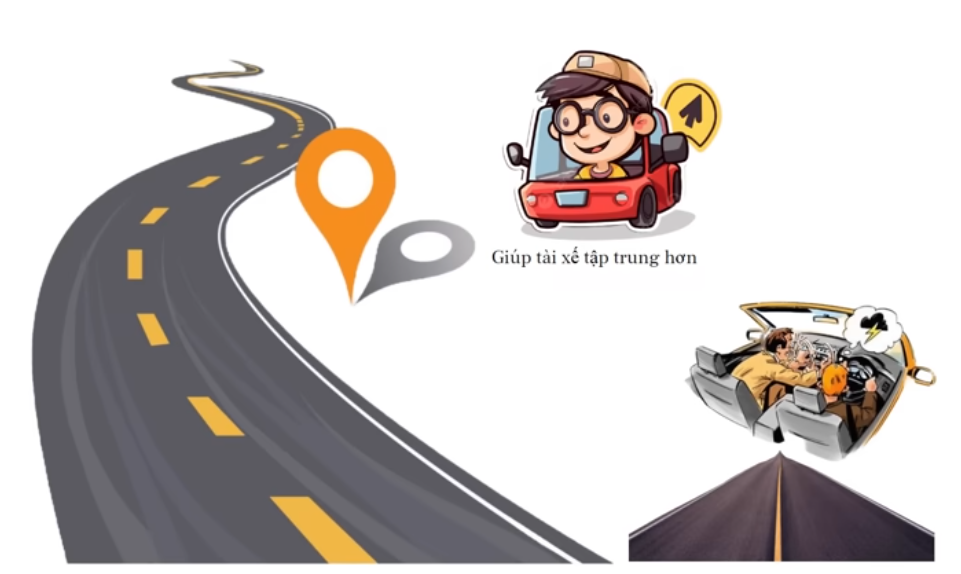
Additionally, this design also reduces the glare from headlights, which can dazzle drivers when driving at night. Whether one prefers straight or curved roads is also specifically regulated; it is not just a matter of wanting straight or wanting curved. A deeper explanation relates to traffic safety issues. Having winding sections and gentle curves helps drivers stay more focused. If the road is too straight and long, drivers may lose concentration or become drowsy, leading to accidents. If you have ever driven, you probably understand this.
When driving on a long straight road, drivers may feel bored and lose focus; curves and bends force drivers to concentrate more, not daring to let go of the steering wheel. The curves and winding sections stimulate the driver's thinking and reflexes, requiring them to change speed, direction, and continuously assess the situation. This helps keep the brain active and reduces drowsiness significantly. Furthermore, curves force drivers to reduce speed, especially at turns. This helps reduce the risk of accidents due to speeding.
For example, on highway sections with curves, there are usually speed limit signs to remind drivers to slow down. Driving on curves also helps drivers develop quick reaction skills to unexpected situations. If there are obstacles or emergencies, drivers who are accustomed to changing direction will adjust and respond promptly.
One of the most impressively curved highways on the planet is the Pacific Coast Highway in California. This is one of the most beautiful roads in the world, with winding sections along the Pacific coastline. These curves not only create stunning scenery but also force drivers to stay focused and alert. They must continuously adjust their speed and direction when passing through these winding sections close to the coast.
Even a very famous highway system on the planet, the Autobahn in Germany, although many people think that the Autobahn consists of straight roads, in reality, the Autobahn also has many curved sections and turns, especially in areas with complex terrain. The curves and turns enhance safety by forcing drivers to reduce speed and concentrate more while driving. Speed limits are also often applied in construction zones, dangerous road sections near residential areas, or in bad weather conditions, not allowing drivers to speed freely everywhere and at all times.
For example, in urban areas near construction sites or in bad weather conditions such as rain or snow, the speed limit on German highways can be reduced to only 80 km/h or even lower. Of course, the German highway system is still famous for its sections without speed limits, and on these sections, drivers can drive at their discretion, as long as safety conditions are ensured. However, the recommended speed for these sections is usually 130 km/h.
Why are there no streetlights on highways?
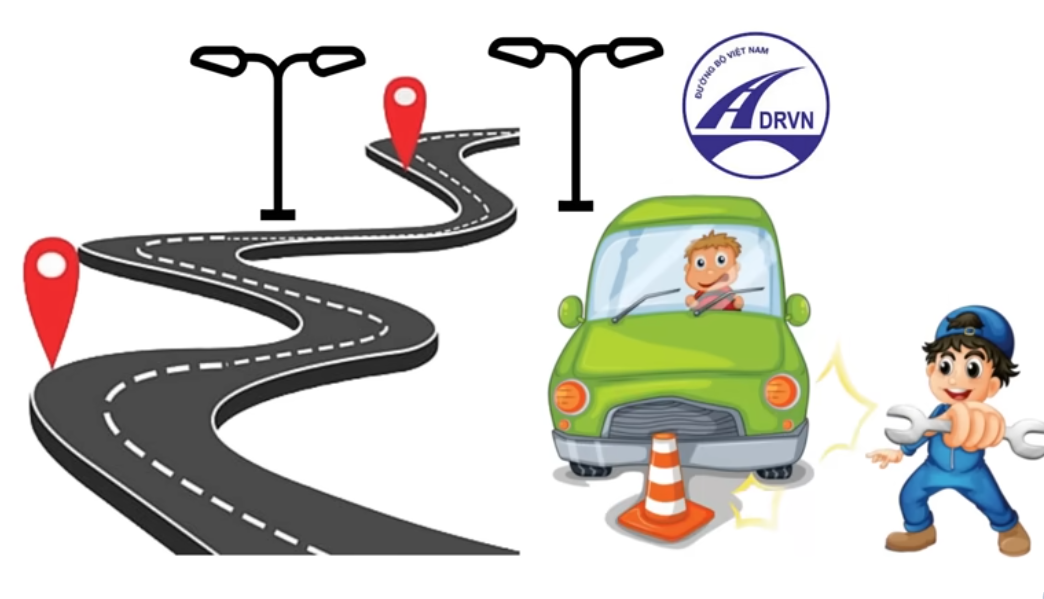
In response to many opinions suggesting that there are many traffic accidents on highways related to the lack of lighting due to limited visibility, and many have proposed additional lighting. The Vietnam Road Administration has stated that investing in lighting for the entire highway, as is done on some national roads or streets, is a waste. The explanation is quite reasonable: when people participate in traffic on highways, they will control their vehicles according to signs and lane markings.
Highways also do not have at-grade crossings and do not allow non-motorized vehicles, so investing in lighting for the entire route is unnecessary because cars already have their own lighting. Lighting is only installed at toll booths, rest areas, overpasses, and tunnels as regulated, and if one moves normally and complies with traffic laws, driving along the lane markings and signs ensures safety.
